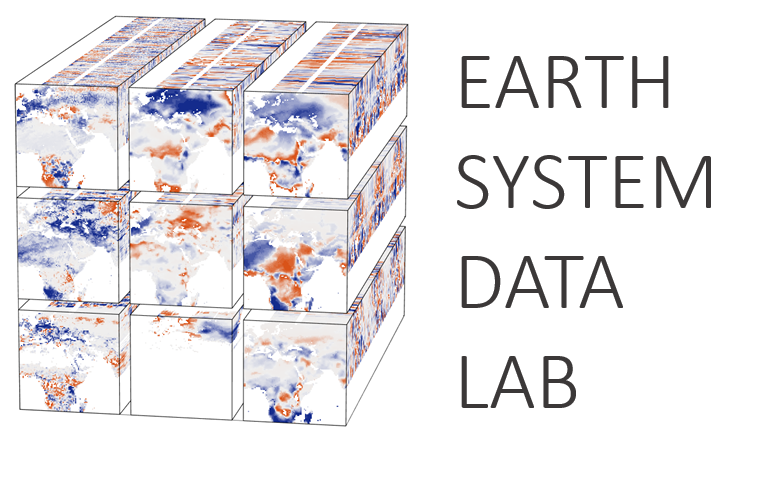EM-DAT: Environmental conditions during societal catastrophes
Background
Many lines of evidence are pointing towards an intensification of certain hydro-meteorological extreme events. In particular, we expect droughts, hot temperature anomalies, and the combination of both to play a major role in many regions of the world over the next decades. The Earth System Data Cube offers a means to detect multivariate events of this kind in a very efficient manner (Flach et al. 2016) and is currently been used for this. The next key question is how these events are effectively influencing human well-being. Disasters with a significant human impact are systematically recorded in the International Disasters Database (EM-DAT), including any available data on socioeconomic impacts in 184 countries. Climate-related disasters have affected over 4 billion people (1994 to 2015), and caused >1 million casualties (CRED, 2015). Climate-related disasters, in particular floods and drought, make up 80% of the natural disasters. However, the detailed way disasters result in the observed effects, direct and indirect in particular, is not fully understood. Currently, there is no means to e.g. trace the existing catastrophes back to e.g. regionally confined specific depressions of primary productivity associated with droughts that would directly impact among other things food security.
Objectives
- To couple the Earth System Data Cube with EM-DAT via a direct data-link API.
- Identify which of the extremes detected in the ESDL are also recorded in EM-DAT, which could ultimately provide an environmental fingerprint of disasters, a key information for response.
- Investigate the spatial and temporal associations between climate factors and disaster extent and severity.
- Offer an operational service so that EM-DAT users can additionally access the spatiotemporal information of the state of the ecosystems and climate in the affected regions.
User partners
- Dr. Debarati Guha-Sapir from the Centre for Research on the Epidemiology of Disasters (CRED) is leading the EM-DAT collection and working together with Prof. Sophie Vanwambeke at the Université catholique de Louvain. Both will be key partners and working on the exploration of the ESDL.
User community
- This activity was also suggested by the Future Earth Activity E3S and was highlighted as a key step forward. From this activity, a wide audience from social to environmental scientists, policy makes, and regional stakeholders will be addressed.
Outcome
- An extended version of the EM-DAT database that can likewise report environment conditions during human disasters, either as alone-standing tool or integrated in EM-DAT.
- A policy report disseminated to NGOs and policy bodies such as the EC presented at an annual basis in Geneva together with the annual EM-DAT report.
- Scientific publications


